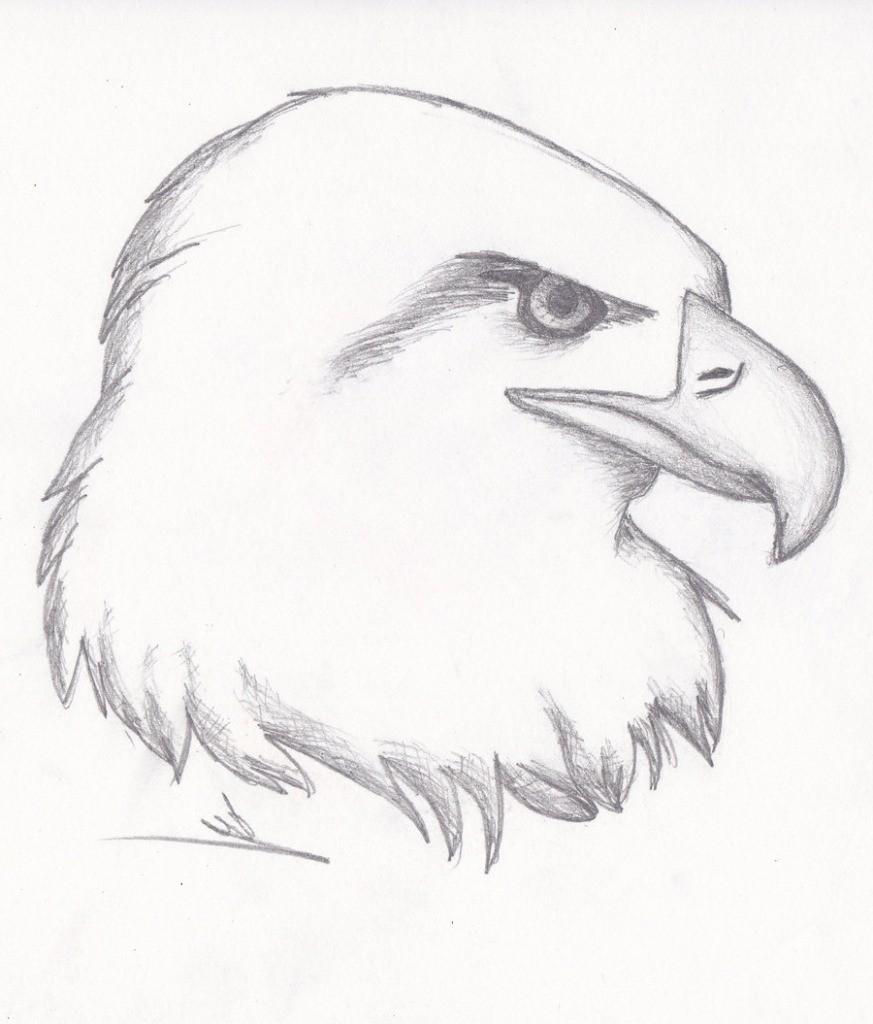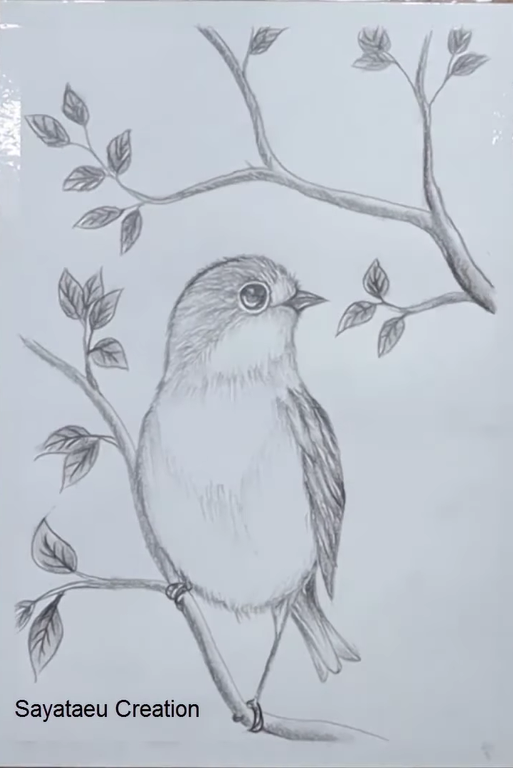
Use “H” (harder) pencils for lighter lines and “B” (softer) pencils for a darker line. You can add water on parts and leave other parts dry.ħ. Add some texture by using different mediums in your sketch like watercolor pencils. Otherwise, the dark graphite could get stuck on your blending stick and mixed in with your lighter areas.Ħ. Use a small circular motion for even blending. Instead, use a blending stick to blend the graphite.
Sketching and drawing for beginners skin#
Don’t use your finger to blend! The oils from your skin will end up on your project and they can make taking away graphite in these areas difficult.Ĥ. Right-handed artists should shade from left to right and left-handed artists should do the opposite.ģ.

Avoid smudging by placing a sheet of paper under your hand when shading. Draw these in lightly and add in more details as you go.Ģ. Note: These tips will cover a little bit of everything from choosing the right pencil to shading techniques. And we have a list of 23 sketching tips to help you do just that. So, where in the world do you start? Our best piece of advice is to just get started.

Filling that first page in can set the pace for where the rest of the sketchbook will go. If you’ve purchased a brand new sketchbook before, you know there’s no better rush of excitement than opening it up to the first page. If you make one commitment today to better your art, make it to sketch DAILY. You’ll need to start taking your art seriously.

To improve and grow as an artist you’ll have to be all in. As a beginner artist, you most likely know two things are sure: 1) If you want to get better at your art, you’ll have to practice often AND, 2) you should keep a sketchbook handy.


 0 kommentar(er)
0 kommentar(er)
